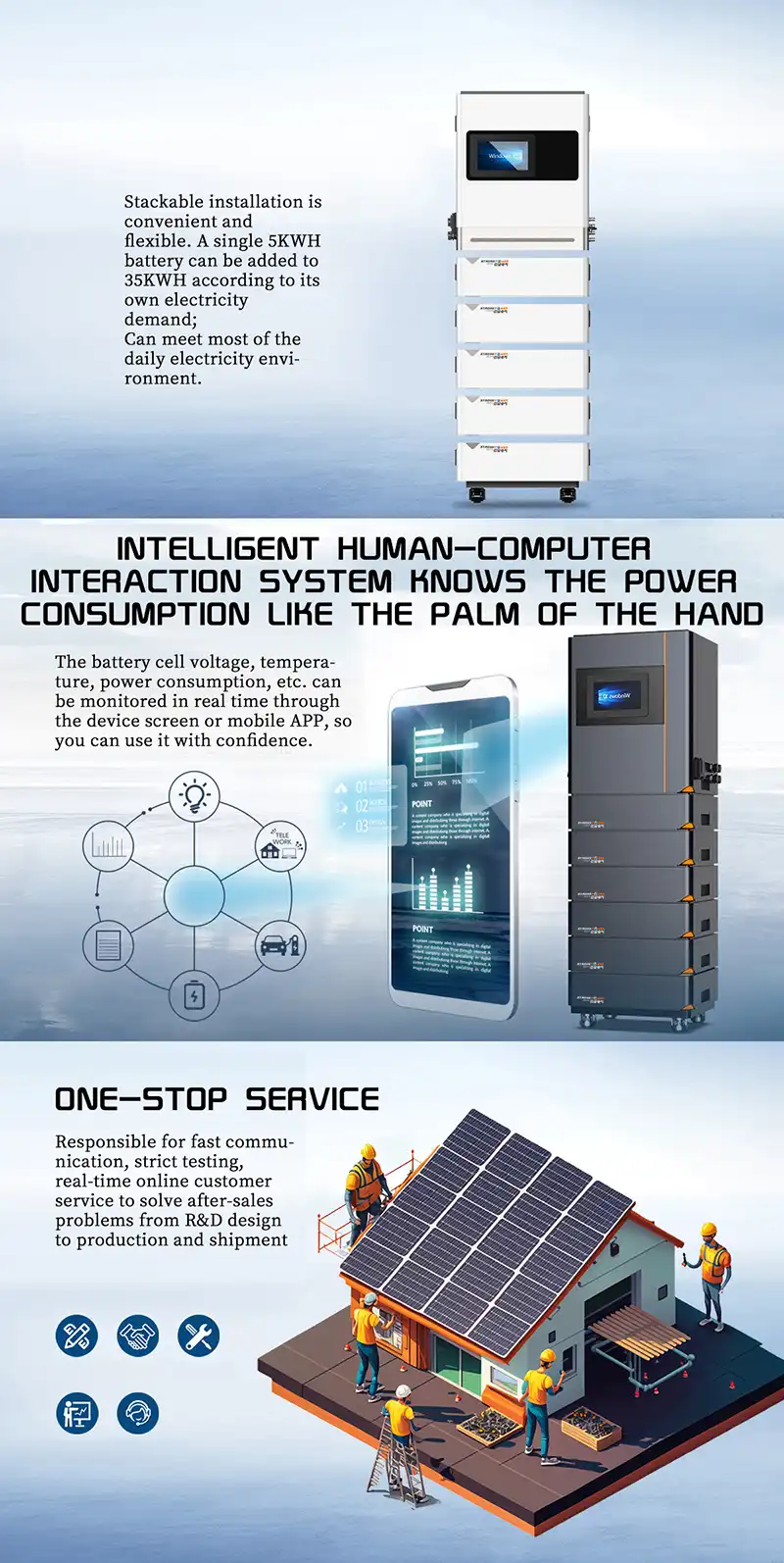Batteries are turning into a vital technology in the shift to a more resilient and sustainable energy system. Electrical energy produced at one moment can be stored for use at a later date thanks to battery energy storage. This straightforward but revolutionary talent is becoming more and more important. When we switch from fossil fuels to intermittent renewable energy sources like solar and wind, the necessity for creative energy storage becomes crucial. When renewable energy is available, it is captured via battery energy storage. In the end, it makes it possible for a more effective, dependable, and sustainable electrical grid by deploying it when it is most needed. This blog discusses battery energy storage, including its functions and significance.
How Battery Energy Storage Works?
Fundamentally, a battery is a chemical energy storage device that may be used to produce electricity when needed. Electrical energy is transformed into chemical energy during battery charging, and the process is reversed during battery draining. In order to supply power when needed or when it is most economical, battery energy storage systems regulate energy charging and discharging, frequently with intelligent and sophisticated control systems. A battery energy storage system’s components typically consist of a battery system, an inverter or power conversion system, a battery management system, environmental controls, a controller, and safety devices such sensors, alarms, and fire suppression.
The significance of storing battery energy
Battery storage is essential to the energy mix for a number of reasons. It encourages the expansion and integration of renewable energy sources in order to lessen dependency on fossil fuels. One way to reduce the intermittency problem with renewable resources is to store excess energy generated during sunny or windy periods, when renewable generation is at its highest. Due to its short response time to changes in grid supply and demand, it also offers resilience and stability to the grid.

The following are a few of the more notable factors that make battery energy storage extremely crucial:
Making Renewable Energy Possible
As previously established, intermittent renewable energy sources like solar and wind only generate energy when the sun or wind blows. The times when energy demand is highest are not necessarily the same as the times when these sources provide energy. When production is high, energy can be stored and used later when demand is high with a battery energy storage system (BESS). A greater percentage of energy can come from renewable sources when storage and renewable energy are integrated.
Grid Dependability and Resilience
In order to accommodate greater fluctuation and decentralization as we transition to a renewable energy future, our electrical grid needs to be modified. By absorbing extra electricity during times of high production and releasing it during times of high demand, a BESS can aid in grid stabilization. By using a BESS in this manner, blackouts can be minimized and a more reliable grid power supply can be made possible. This resilience is particularly important when severe weather strikes.
Lowering the Emissions of Power Plants
Plants only run when there is “peak” demand, or high demand, for power. Due to their increased greenhouse gas emissions, these plants—which typically rely on fossil fuels—are less efficient than alternative means of generating electricity. With a BESS, you may lessen your dependency on these plants by storing energy during off-peak hours and using it when the need is highest.
Energy Self-Sufficiency
More specifically, a BESS enables solar-powered households and businesses to store extra energy for usage in the off-peak hours. Energy independence is increased when a battery energy storage system is used in this manner. It lessens dependency on the grid, which lowers emissions related to the generation and delivery of electricity.
To achieve Net-Zero goals, battery energy storage is necessary for promoting electrification, lowering emissions, improving grid resilience, and enabling renewable energy. Battery energy storage will become more and more necessary as more sectors electrify and as the demand for electricity rises.



